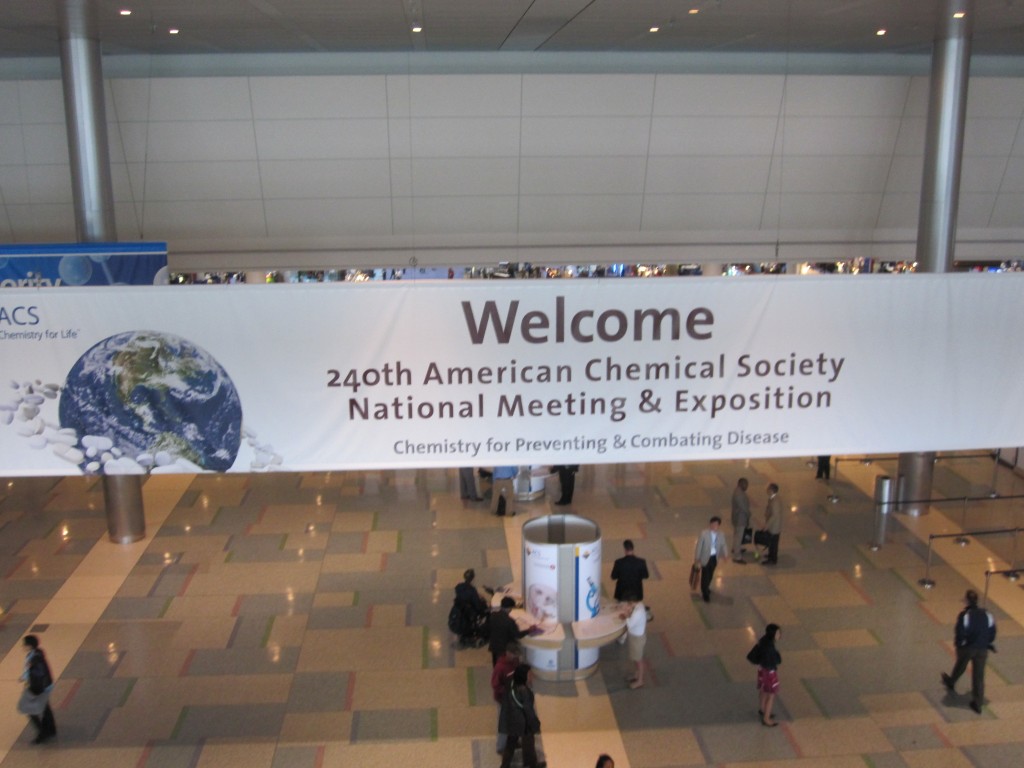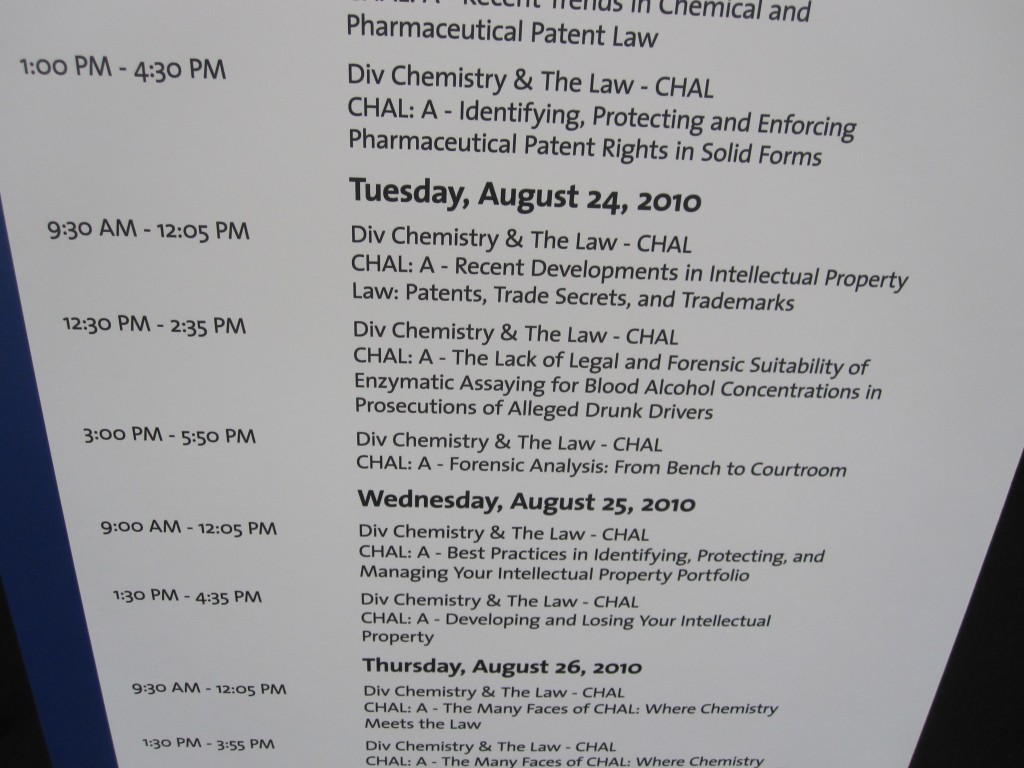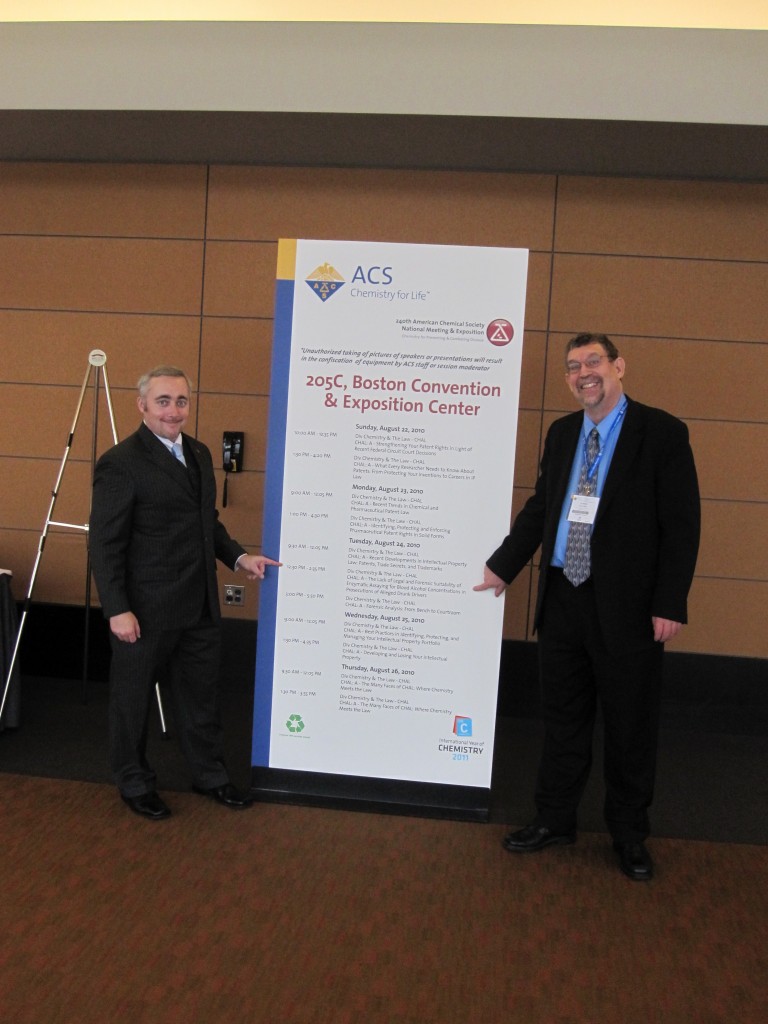
On August 24, 2010, I with Dr. Alfred Staubus, PharmD, PhD [with contributions with Dr. Joseph Citron, MD, JD] had the great pleasure of presenting at the 2010 Fall American Chemical Society (ACS) National Exposition. It was held in Boston at the Boston Convention Center. It was a very very large conference. Together we presented an afternoon oral session entitled “The Lack of Legal and Forensic Suitability of Enzymatic Assaying for Blood Alcohol Concentrations in Prosecutions of Alleged Drunk Drivers“. The subtitle of the talk was “Enzymatic assaying: The indirect measurement that is non-specific to ethanol that is being misapplied from the clinical world into the forensic arena”. The talk was well attended. The basic thesis of our talk was to use the Pennsylvania experience in ending this type of testing and exposing the limitations of this assay.

Our thesis was that Hospital Blood Testing By Enzymatic Assay for BAC…
-Is Not Specific
-Is Not Selective
-Is Not Sensitive
-Is Not Truly Validated and Suitable for its intended purpose
-a method that is NOT FORENSIC
It should only be used as a screening test.

The structure of our talk can best be summed up as follow:
- Talked about the history of the assay and its original use as a clinical diagnostic tool with requirement of clinical correlation, not as a forensic assay.
- The identification of whole blood, plasma blood, serum blood and suepernate. How in the legal world courts require the Blood Alcohol Content (BAC) to be expressed in whole blood.
- Identified the assay and its types and explaining the typical instructions (Syva assay, Abbot Radiative Energy Attenuation ethanol assay, the Roch ethanol assay, and Enzymatic Oxidation with Alcohol Dehydrogenase) with the use of a known co-factor and the enzymatic reaction with a spectrophotometer detecting only at 340 or 500-540 nm.
- Explanation and case studies of actual interfering substances.
- The misreporting in the Courtroom that such assays are whole blood when they clearly are not with examples of the fraud.
- The difference between forensic testing and typical clinical testing (e.g., chain of custody, single testing and not duplicate/replicate, no second sample preserved, poor or non-existent calibration curves)
- The moving target: the myth of a “conversion factor” with a full and complete literature review and metadata analysis
- The Pennsylvania Experience: The evolution of the argument that lead to the abandoning of enzymatic assaying to prove Blood Alcohol Content.
We received quite a lot of questions and feedback.
We wish to thank all of the scientists who were present.


